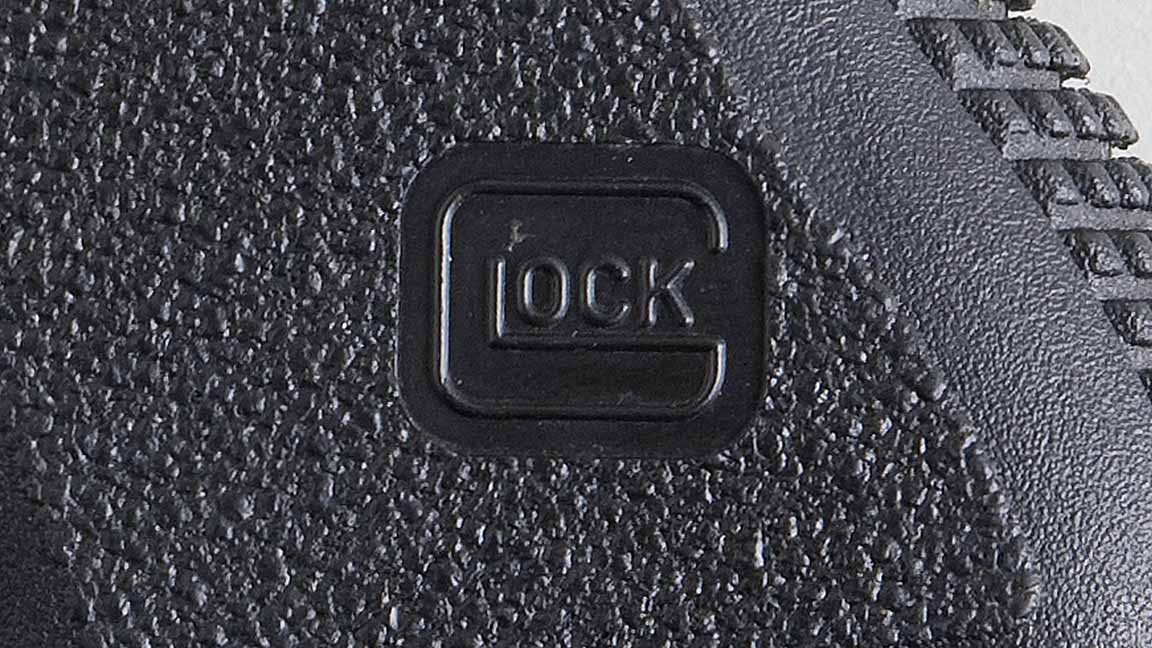AS THE UNITED States limps from one mass shooting to the next, media continue to cover the country’s gun violence as though it were a force of nature: a plague or a flood or even a tsunami. But America’s gun violence is not a natural disaster. It’s the entirely predictable result of deliberate decisions made by people and organizations who sell deadly weapons in huge numbers. Here’s how one of those weapons made it to the University of Virginia, where a mass shooter killed three members of the school football team on Sunday, Nov. 13.
The UVA gunman had no shortage of guns—a Ruger AR-556 and Smith & Wesson Model 39 were found in his dorm room—and police have not yet released detailed information about the handgun found near the scene. (A spokesperson for the Virginia State Police said the gun had been handed over to the ATF, which is conducting ballistics tests to determine if it was the murder weapon.) By process of elimination, however, the likely candidate is the Glock 45 the gunman purchased in July of 2021 from Dance’s Sporting Goods in Colonial Heights, Virginia, a handgun that can be purchased there for as little as $599.99.
Glock handguns like the one the UVA shooter purchased are the product of the Austrian firm Glock Ges.m.b.H., which has been manufacturing some of its weapons in the United States since 2014 to get around import restrictions. Their first gun, designed by founder Gaston Glock in 1981 for use by the Austrian army, featured a 17-round magazine and used a polymer frame instead of a metal one. As Paul Barrett chronicles in Glock: The Rise of America’s Gun, it quickly became a favorite of law enforcement agencies, thanks to its large magazine, its reliability, and clever marketing from salesman Karl Walter, who famously wooed police departments with wild nights at the Gold Club in Atlanta. Glock allowed police departments to trade in older models of their weapons for a discount when upgrading their sidearms. Those guns were then sold on the private market, helping drive the extremely profitable arms race between cops and criminals. In 2018, Forbes estimated that the trust through which Gaston Glock controls his company was worth $1.5 billion.
The Glock also became a favorite of mass shooters, making appearances in Kileen, Atlanta, Blacksburg, and Aurora, among others. Glock doesn’t dive as deeply into American culture war issues as other manufacturers, which can make their public image a little self-contradictory. A series of ads starring Full Metal Jacket’s R. Lee Ermey were set in a wasteland in which you could be a victim of violent crime at home, at work, walking down the street, or even on the set of a film being directed by R. Lee Ermey. Despite the post-apocalyptic vibes, none of the criminals in Glock ads have handguns of their own, and the owners make ostentatious use of gun safes and concealed carry permits while turning the tables. Often, the Glock user is revealed to be a member of law enforcement. In one memorable example, a diner holdup ends when every single customer pulls a Glock, before the camera reveals that there is a “Law Enforcement Expo” in town.
It’s reasonable to be so terrified of crime that you answer your door with a loaded gun, these ads tell us, but the ubiquity of the Glock is not to blame: Just look how responsible their owners are! That Glock-filled diner is not that far off, either: Glock, Inc., Glock’s American subsidiary, reported it had manufactured 445,442 handguns in 2020 alone. At press time, Glock, Inc. had not responded to a request for comment.
Thank you for reading POPULA! Add your email here to receive our newsletter!






